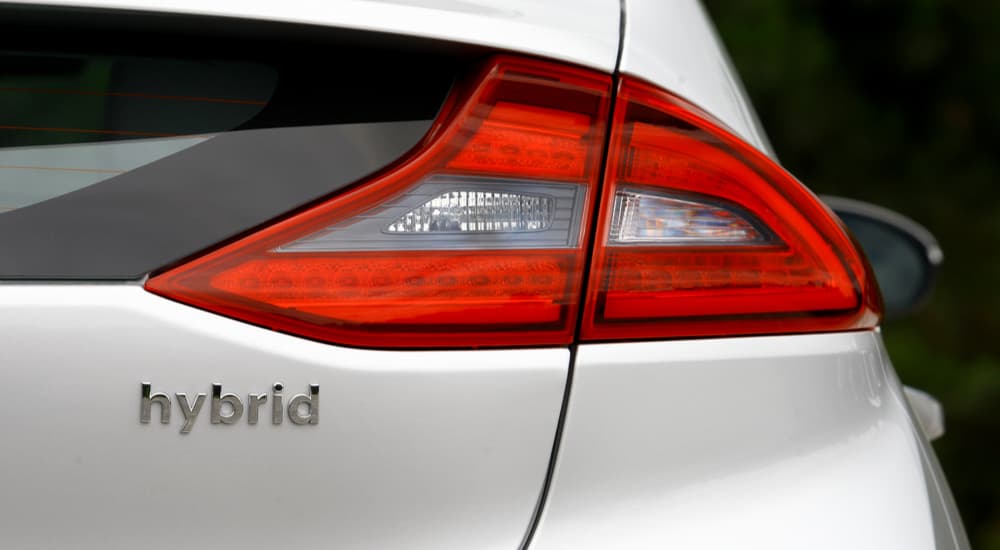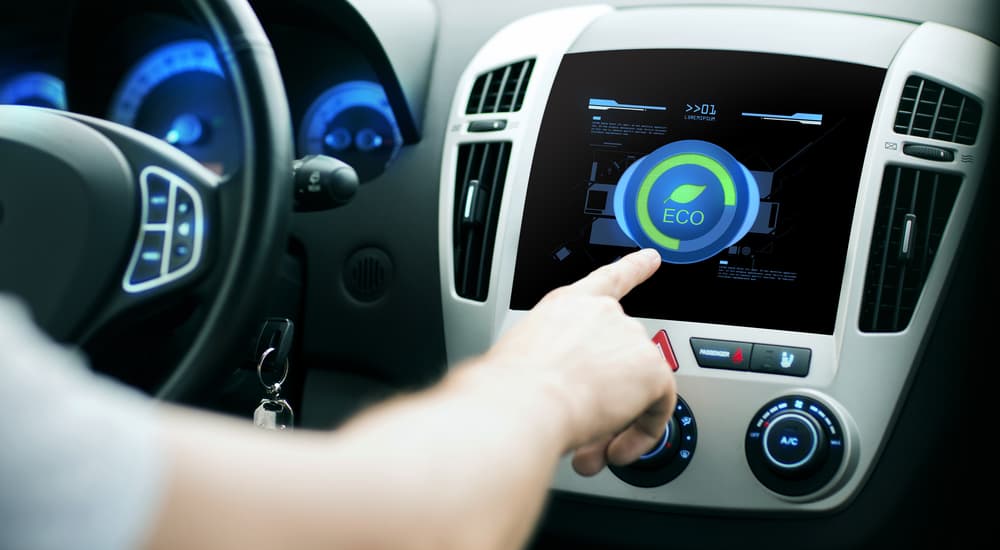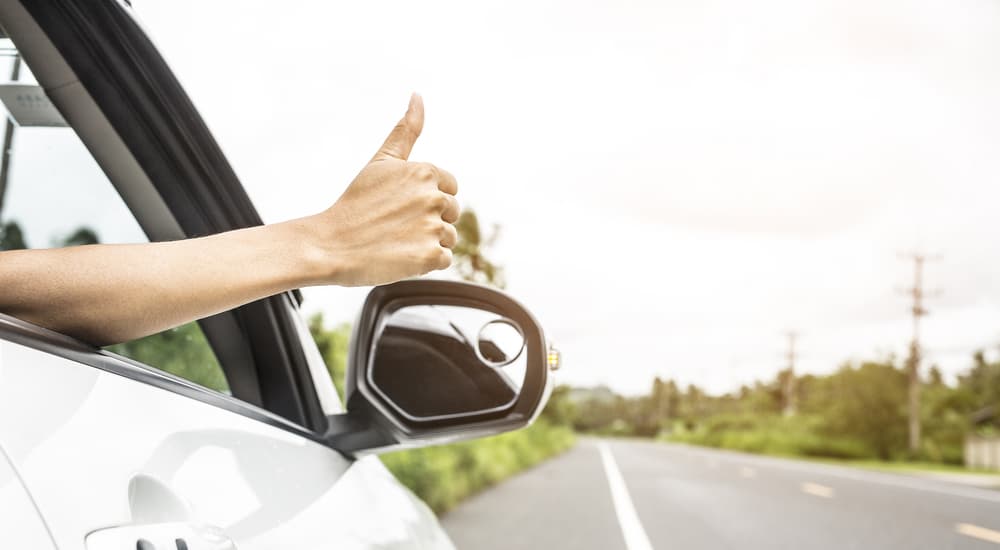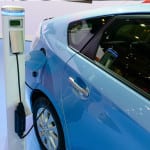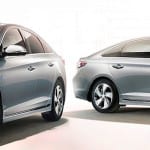With gas prices hitting record highs and all signs indicating they might continue going up, a lot of people are looking for ways to boost fuel efficiency and skip the gas pump as much as possible. If you drive a hybrid, then the good news is that you’ve already taken the first step in boosting fuel efficiency and cutting your costs for gas. The more-good news (yes, I said “more-good”) is that some simple tricks can help you boost that efficiency even further.
Don’t worry, I’m not about to suggest you start drafting behind big rigs on the freeway (seriously, that’s horrendously dangerous––don’t do it!) or anything extreme like that. Some of this stuff is really simple, and to be honest, you should already be doing it. Other things are a bit more technical and might take some practice, but what else are you going to do with your free time? Trust me: in the event that we end up in a Mad Max scenario, you’re going to be happy you know how to get the most from those precious few gallons of gas you wrestle from the claws of a cannibalistic subterranean mutant!
Trick #1 – Read Your Owner’s Manual
This might seem a bit silly, but it’s a great place to start: read your owner’s manual. Alright, so you don’t have to read every single page and highlight the salient points or anything, but you should go over it and pay special attention to information from the manufacturer about getting the best gas mileage possible. They know better than anyone what your vehicle is capable of and how you can keep your fuel costs down. Not every hybrid is the same, so rather than following a bunch of general tricks (from others, I mean, these are all gold), you’re best off looking at specific info for your vehicle.
Trick #2 – Proper Service and Maintenance
While you’re checking out your vehicle’s owner’s manual, have a look at what’s recommended for properly servicing your vehicle. You’ll find a maintenance schedule from the manufacturer that tells you how often (in terms of both time and mileage) you should have different types of service done. This will include things like having your oil changed, checking your brakes, rotating and replacing your tires, and much more.
Following this service schedule is the best way to keep your vehicle in great shape, and when your vehicle is in the best condition, it will run as efficiently as possible. Even an impressive hybrid model with amazing fuel economy can run worse than an SUV from a decade ago if you don’t take proper care of it. Regular maintenance will make your vehicle nicer to drive, boost fuel efficiency, and ensure your car lasts as long as possible.
Trick #3 – Use Economy (ECO) Mode
It might be called something different for your vehicle (cough owner’s manual cough), but your hybrid almost certainly has some kind of “Economy mode” that you can use. This is typically selected with a switch or knob, and it makes your vehicle run in the most efficient manner possible. It may limit some aspects of your vehicle’s performance, like acceleration, so you should first get a feel for what ECO mode is like in a safe and controlled environment. If you don’t really want to do much else to boost your vehicle’s efficiency, this is a great way to get the most from your car.
Trick #4 – Accelerate Smoothly, Brake Gently
Efficient driving is smooth driving––anything sudden or aggressive is going to require more gas. You want to accelerate smoothly, get to an efficient speed of about 40-60 miles per hour, and stay there to get the greatest efficiency from your hybrid. Unlike a traditional gasoline car, you want to use your brakes rather than coasting to a stop, but brake gently. Your hybrid probably has regenerative braking that will use some of the energy created in braking to help recharge your hybrid battery system, but this usually only works with gentle braking. You should absolutely hit the brakes as hard as you need to in order to avoid a collision, but otherwise, plan ahead and brake gently.
Trick #5 – Keep the Battery Charged
This is if you have a plug-in hybrid: if you do, be sure to keep the battery charged. Keeping it charged ensures it can function properly and allows you to drive in all-electric mode whenever possible (see below). Letting your hybrid battery fully empty can also cut down on the life of your battery, as can over-charging it. Ideally, shoot for never going below about 20% and stop charging once you hit about 80% or just over that. This will help you get the most from your battery and keep efficiency as high as possible.
Trick #6 – Plan Your Route
One of the simplest ways to boost fuel efficiency with any vehicle is to plan your route and consider the best way to get where you need to go. When running errands, plan out a trip that doesn’t require you to double back or drive in circles and is focused on getting where you need to go. If you have a plug-in hybrid, know your all-electric range and utilize it. This way, you can make short trips without ever touching the gas in your tank––but you need to plan correctly, or you can end up with the battery drained and a very inefficient trip home.
Trick #7 – Use Accessories Sparingly
Everything in your vehicle that requires power will, to some degree, cut into your overall efficiency. If possible, don’t use your air conditioning––at low speeds, simply crack your windows slightly for a nice breeze. However, don’t roll your windows down all the way, as that will reduce your vehicle’s aerodynamic efficiency, and suddenly you’re using more power. You don’t need to give yourself heatstroke, but it’s often most efficient to run your A/C for a few minutes, then switch off the cool and use the fan for a bit rather than having your A/C blasting away the whole time.
Trick #8 – Learn to Pulse and Glide
This is the most technical trick on this list but also potentially the most efficient. Pulsing and gliding is a driving technique in which you accelerate to a certain speed (pulsing) and then coast along until you slow down to a set speed (gliding)––repeating this process as you drive. In order to do this correctly, you need to know your vehicle well, so pay attention to your driver display and the real-time information it gives you for fuel economy.
To understand how this works, let’s look at a second-generation Toyota Prius. With this Prius, any time you stop accelerating under 40 mph, the engine automatically shuts off, and you’ll coast without using any gas. So a driver can accelerate up to 40 mph, then glide down to say 30 mph, at which point you start pulsing again up to 40, then glide down to 30, and repeat until you get where you’re going. During the gliding period, your vehicle uses no gas, so if you spend half your time accelerating and half your time gliding, you’re effectively doubling your fuel economy.
You can see this is a very efficient way to drive, but it’s not always practical. It works best on long stretches of road when there’s not a lot of traffic. When dealing with a lot of stop-and-go traffic, then gently accelerating and braking might only use your battery and recharge it. Otherwise, when driving with a fair amount of traffic around you, using cruise control and being aware of your surroundings often works well for cutting down on gas use.
